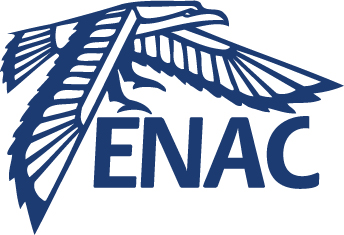Deep Trajectory Clustering with Autoencoders
Résumé
Identification and characterisation of air traffic flows is an important research topic with many applications areas including decision-making support tools, airspace design or traffic flow management. Trajectory clustering is an unsupervised data-driven approach used to automatically identify air traffic flows in trajectory data. Long-established trajectory clustering techniques applied for this purpose are mostly based on classical algorithms like DBSCAN, which depend on distance functions capturing only local relations in the data space. Recent advances in Deep Learning have shown the potential of using deep clustering techniques to discover hidden and more complex relations that often lie in low-dimensional latent spaces. The goal of this paper is to explore the application of deep trajectory clustering based on autoencoders to the problem of flow identification. Thus, we present two clustering techniques (artefact and DCEC) and show how they embed trajectories into the latent spaces in order to facilitate the clustering task.
| Origine | Fichiers produits par l'(les) auteur(s) |
|---|
Loading...
